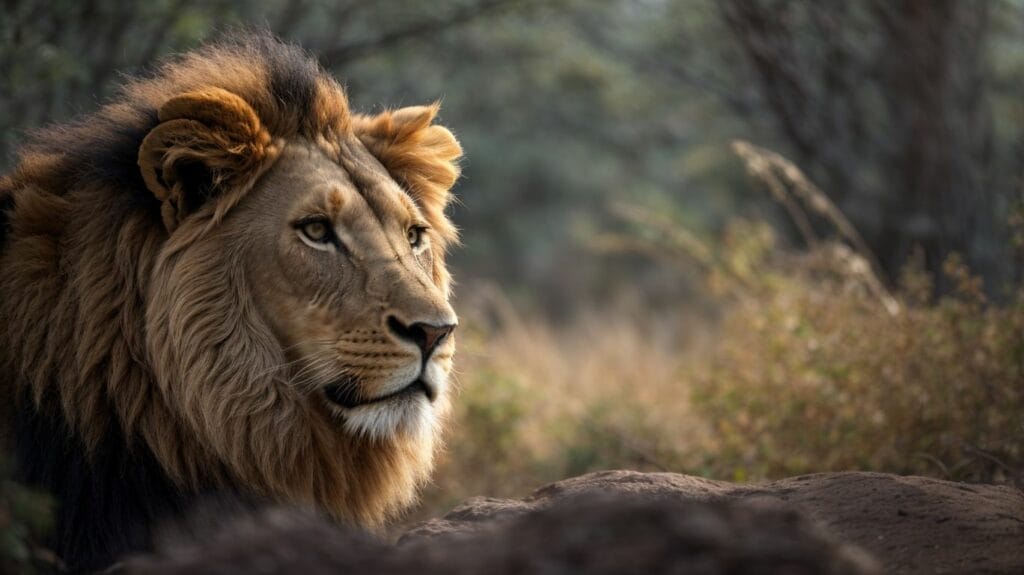The concept of thinking has long been attributed to human beings, but have you ever wondered if animals also possess the ability to think? This intriguing question has captivated the minds of scientists and researchers, leading to extensive studies and observations to uncover the depths of animal cognition. To understand what animals think, it is essential to define what thinking actually means. Thinking can be described as a cognitive process involving mental activities such as problem-solving, decision-making, planning, and tool use. While it may be challenging to delve into the minds of animals directly, there is evidence suggesting that they indeed engage in various aspects of thinking. Examples of animal problem-solving abilities, instances of tool use and tool making, and observations of planning and decision-making have been documented, providing insights into their cognitive processes. However, studying animal thinking does have its limitations, such as the challenge of interpreting animal behavior and the potential role of anthropomorphism in assessing animal cognition. Comparing animal intelligence to human intelligence offers an intriguing perspective on cognitive abilities across species. Exploring the implications of animal thinking can provide insights into animal welfare and ethics and shed light on the evolution of human cognition. Delving into the depths of animal cognition not only broadens our understanding of the natural world but also challenges the boundaries of human uniqueness and consciousness.
Key takeaways:
- Animals display problem-solving abilities: Examples of animals solving problems indicate their capacity for thinking. These instances demonstrate cognitive abilities beyond instinctual behavior.
- Tool use and tool making in animals: The observation of animals using and even making tools highlights their cognitive abilities. This behavior requires planning and decision-making skills.
- Animal thinking challenges our understanding: Studying animal thinking presents challenges due to the difficulty in interpreting their behavior and avoiding anthropomorphism. However, it also offers insights into human cognitive evolution and raises ethical considerations.
What is Thinking?
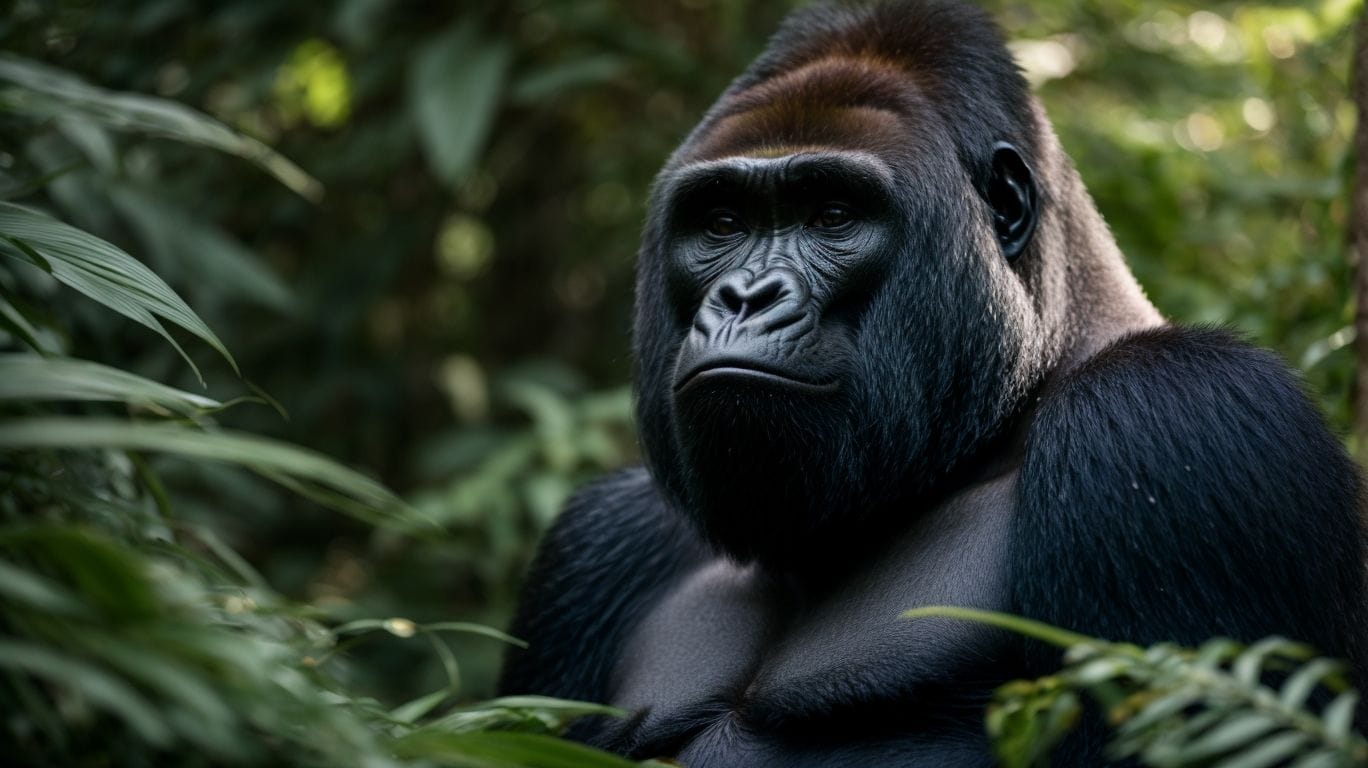
Photo Credits: Petnarnia.Com by Lawrence Harris
What is Thinking?
Thinking is a complex cognitive process that encompasses various mental activities such as perception, reasoning, problem-solving, and decision-making. It involves the capability to process information, analyze it, and generate thoughts or conclusions based on that information. This cognitive process can take place either consciously or subconsciously, distinguishing it as a unique attribute of human beings. While animals possess the capacity to learn, solve problems, and make decisions, the extent to which they engage in thinking remains a subject of contentious debate among scientists. Noteworthy instances exist where animals have exhibited exceptional cognitive abilities, suggesting some semblance of thinking. The captivating narrative of Koko the gorilla serves as a shining example. Koko adeptly acquired and employed sign language to communicate with humans, implying a level of thinking and comprehension akin to that of humans.
What Are the Criteria for Thinking?
What Are the Criteria for Thinking?
When contemplating the conditions for thinking in animals, various factors come into play. Animals that demonstrate problem-solving abilities, such as utilizing tools or finding innovative solutions to challenges, exhibit a level of thinking. Additionally, animals that engage in planned actions or make decisions based on evaluating different options also display signs of thinking. Cognitive flexibility, which involves adapting to new situations, learning from past experiences, and applying knowledge to different contexts, can also indicate thinking in animals. Moreover, animals that exhibit self-awareness and can reflect on their mental processes may meet the criteria for thinking. By examining these criteria, researchers can obtain insights into the cognitive abilities of animals and their capacity for thought.
Evidence of Thinking in Animals
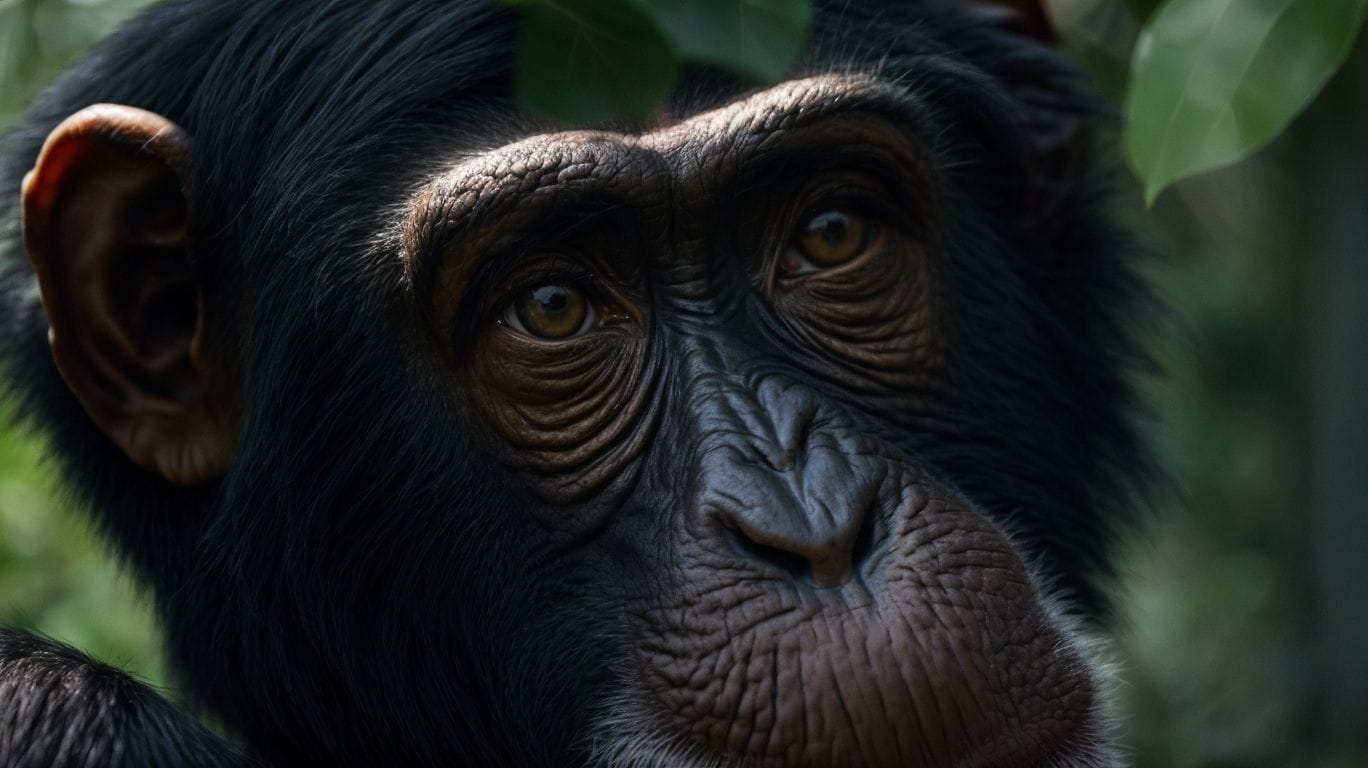
Photo Credits: Petnarnia.Com by Andrew Smith
When it comes to the fascinating realm of animal cognition, the evidence of thinking runs deep. From problem-solving skills to tool use and even planning abilities, animals have shown us time and again that they are capable of much more than we might have previously believed. Join me as we delve into the captivating sub-sections that highlight notable examples of problem-solving abilities, instances of tool use and tool making, and intriguing observations of planning and decision-making in the animal kingdom. Get ready to be amazed by the incredible thinking powers of our fellow creatures!
Examples of Problem-solving Abilities in Animals
- Examples of problem-solving abilities in animals:
- Corvids, such as crows and ravens, have been observed using tools to obtain food. They use sticks to extract grubs from logs or use rocks to crack open nuts.
- Dolphins have displayed problem-solving abilities by using sponges as protection when foraging for food on the ocean floor. They cover their snouts with sponges to prevent them from getting scraped by rocks or stingrays.
- Octopuses have been shown to escape from enclosures by unscrewing jar lids or squeezing through tiny openings, demonstrating their problem-solving skills.
- Chimpanzees have been observed using tools like branches to fish for termites or using rocks to crack open nuts.
- Elephants have been known to work together to solve problems, such as pushing logs or using sticks to bridge gaps in order to access food sources or water.
Instances of Tool Use and Tool Making in Animals
Instances of Tool Use and Tool Making in Animals provide fascinating insights into the cognitive abilities and problem-solving skills of various species. Tool use and tool making are not limited to humans. In fact, many animals, such as the remarkable New Caledonian crows, demonstrate impressive skills in this area. These birds are known for their ability to fashion hooks out of twigs, enabling them to retrieve food from hard-to-reach places.
Sea otters, on the other hand, exhibit tool use by utilizing rocks as tools. They cleverly crack open shells with the help of these rocks to access the tasty food inside. Additionally, sea otters also employ rocks as anvils, using them to break open shellfish.
Dolphins display another example of tool use. They have been observed using sponges to protect their snouts while searching for food in rocky areas. This behavior, passed down through generations, showcases their ingenuity.
Chimpanzees also contribute to the instances of tool use in animals. They utilize sticks to extract termites from their nests, displaying their resourcefulness. Moreover, chimpanzees have been observed modifying branches into tools for hunting small mammals, highlighting their adaptability.
Overall, these instances of tool use and tool making in animals highlight the remarkable cognitive abilities and problem-solving skills possessed by various species.
Observations of Planning and Decision-making in Animals
Observations of planning and decision-making in animals provide evidence of their cognitive abilities. Examples include chimpanzees using tools to obtain food, dolphins collaborating to corral fish, and birds strategically caching food for future use.
These observations suggest that animals possess higher-level thinking skills, allowing them to plan and make decisions based on their current needs and future goals. Understanding animal cognition can have implications for animal welfare and ethics, as it highlights their mental capacities and challenges the notion of human superiority.
Studying animal planning and decision-making can provide insights into the evolution of cognitive abilities in humans.
Limitations in Studying Animal Thinking

Photo Credits: Petnarnia.Com by Jose Rodriguez
Studying animal thinking comes with unique challenges, especially when it comes to interpreting their behavior. In this section, we’ll uncover the limitations researchers face in understanding animal cognition. From the difficulties of decoding their actions to the influence of our own human biases, we’ll dive into the hurdles that exist in comprehending the complexity of animal minds. Get ready to question our assumptions and explore the fascinating world of animal thinking!
The Challenge of Interpreting Animal Behavior
The challenge of interpreting animal behavior arises from a limited understanding and subjective interpretation. Observation and data collection are crucial, but various factors can complicate our understanding. Anthropomorphism, which involves attributing human emotions or thoughts to animals, can significantly influence our interpretations. Animals may exhibit behavior for reasons unknown to us, making it challenging to grasp their cognitive processes truly. Objective studies and scientific methods can help mitigate biases and provide more accurate insights into animal behavior. The unique nature of animal cognition means that the interpretation of their behavior will always pose challenges.
In a similar vein, historical challenges in interpreting animal behavior can be seen in the case of Clever Hans, a horse in the early 20th century. Clever Hans appeared to solve mathematical problems with accuracy, but it was later revealed that he was actually responding to unconscious cues from his trainer. This historical example underscores the need for cautious interpretation and rigorous investigation when studying animal behavior.
The Role of Anthropomorphism in Assessing Animal Cognition
Anthropomorphism plays a crucial role in assessing animal cognition, as it allows us to attribute human characteristics, thoughts, and emotions to animals. While this tendency can help us establish a connection with animals and comprehend their behaviors, it is important to be aware that it may also result in biased interpretations. To prevent this bias, researchers employ scientific methods to study animal cognition objectively and objectively. They focus on observable behaviors and avoid making assumptions about internal mental processes, thus attaining a more accurate understanding of animal intelligence. Achieving a balance between recognizing the similarities between humans and animals and acknowledging the distinctive cognitive abilities of various species is imperative. Therefore, it is essential to approach the study of animal cognition with scientific rigor and refrain from overly simplistic or excessively human-centered interpretations.
Animal Intelligence vs. Human Intelligence

Photo Credits: Petnarnia.Com by Justin Martinez
Are you curious about how animal intelligence stacks up against human intellect? Get ready to explore the fascinating realm of animal intelligence and human cognition in this section. From an evolutionary perspective on animal intelligence to comparing and contrasting cognitive abilities between animals and humans, we’ll dive into captivating insights that shed light on the mysteries of both animal and human minds. So, buckle up and prepare to embark on a thought-provoking journey that may challenge everything you thought you knew about intelligence.
The Evolutionary Perspective on Animal Intelligence
The Evolutionary Perspective on Animal Intelligence explores the development of cognitive abilities in various species over time. It posits that intelligence in animals is influenced not only by genetic factors but also by environmental conditions and natural selection. This viewpoint suggests that animal cognition evolves as a response to ecological and social challenges. For instance, certain species may acquire problem-solving skills or use tools to improve their survival and reproductive success. Examining animal intelligence from an evolutionary perspective offers valuable insights into the origins and diversity of cognitive abilities across different organisms.
Comparing and Contrasting Animal and Human Cognitive Abilities
Comparing and contrasting animal and human cognitive abilities involves examining various aspects of their thinking processes and cognitive capacities. Here is a summary of key differences:
| Aspect | Animal Cognitive Abilities | Human Cognitive Abilities |
| Language | Animals rely on communication systems specific to their species. | Humans have complex language systems, enabling them to convey abstract ideas. |
| Problem-Solving | Animals display problem-solving skills but may be limited in complex situations. | Humans excel in problem-solving due to their advanced cognitive abilities. |
| Creativity | Some animals demonstrate creativity, but it is usually within specific contexts. | Human creativity is vast, encompassing various forms of art, science, and innovation. |
| Abstract Thinking | Animals predominantly engage in concrete thinking rather than abstract concepts. | Humans possess the ability to think abstractly, using symbols and hypothetical scenarios. |
While animals exhibit fascinating cognitive abilities, humans possess unique cognitive capacities that set them apart, such as advanced problem-solving, language, and abstract thinking skills. Understanding these differences contributes to our understanding of the complexity and diversity of cognitive processes in the animal kingdom.
Insights into Human Cognitive Evolution
Insights into human cognitive evolution provide valuable information on the development of human intelligence over time. By studying the cognitive abilities of animals, researchers gain insight into the cognitive processes that may have evolved in humans. Comparing and contrasting animal and human cognitive abilities reveals similarities and differences in thinking and problem-solving. This knowledge helps us understand how our cognitive abilities have evolved and improved. The investigation of human cognitive evolution offers insights into the unique aspects of human intelligence and offers a deeper understanding of the human brain and mind.
The Implications of Animal Thinking
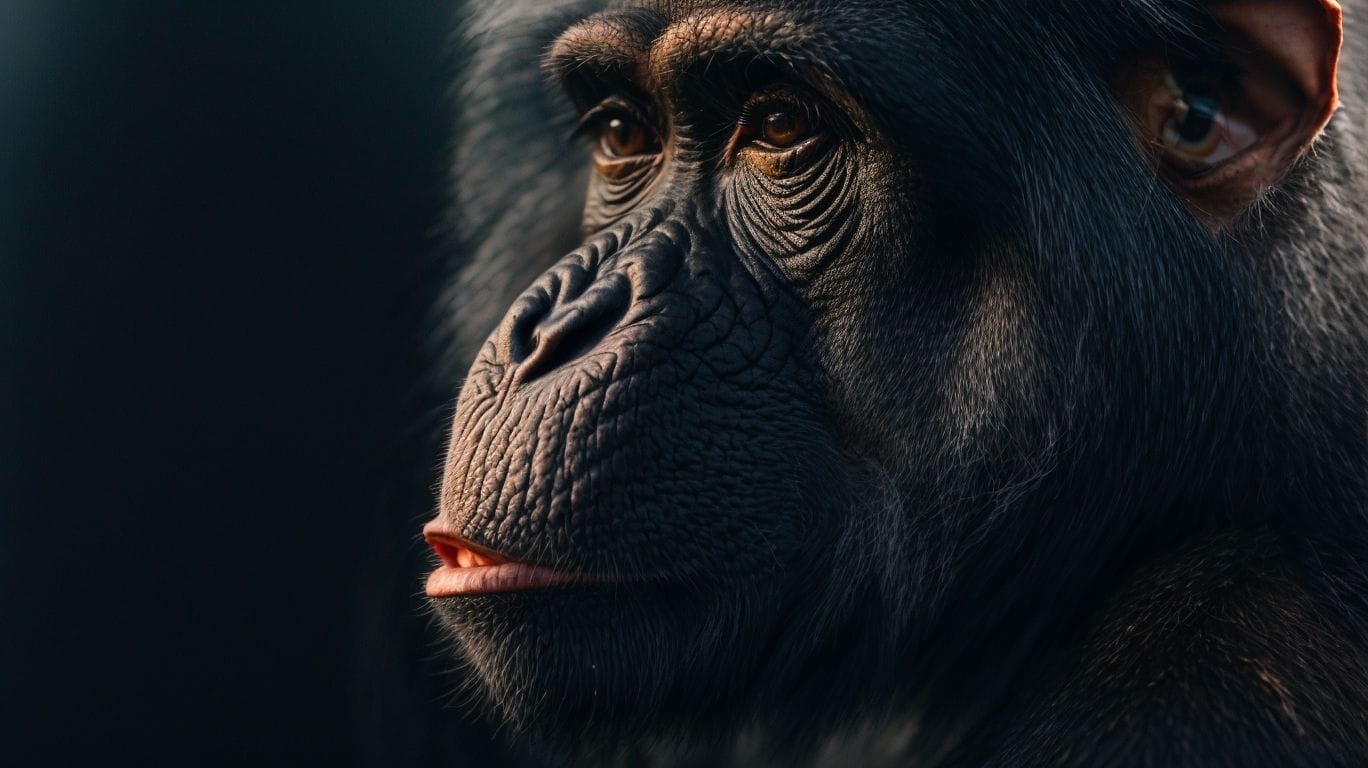
Photo Credits: Petnarnia.Com by Jeremy Thompson
What goes on inside the minds of animals? In this section, we dive into the fascinating realm of animal thinking and its implications. We’ll explore the deep connection between animal cognition and welfare alongside the ethical considerations that arise. From stunning discoveries to thought-provoking questions, get ready to uncover the profound implications that arise when we delve into the minds of our fellow creatures.
Animal Welfare and Ethics
Animal welfare and ethics play a vital role in the exploration of animal cognition. The treatment and ethical aspects of our actions toward animals greatly affect their overall well-being. To ensure no harm is inflicted upon them during their studies, it is crucial to prioritize their welfare. Upholding ethical guidelines and regulations is essential to safeguard animals against needless suffering and exploitation. By promoting animal welfare and considering the ethical implications of our actions, we can adopt a more compassionate and responsible approach to the study of animal cognition.
Animal Rights Advocates
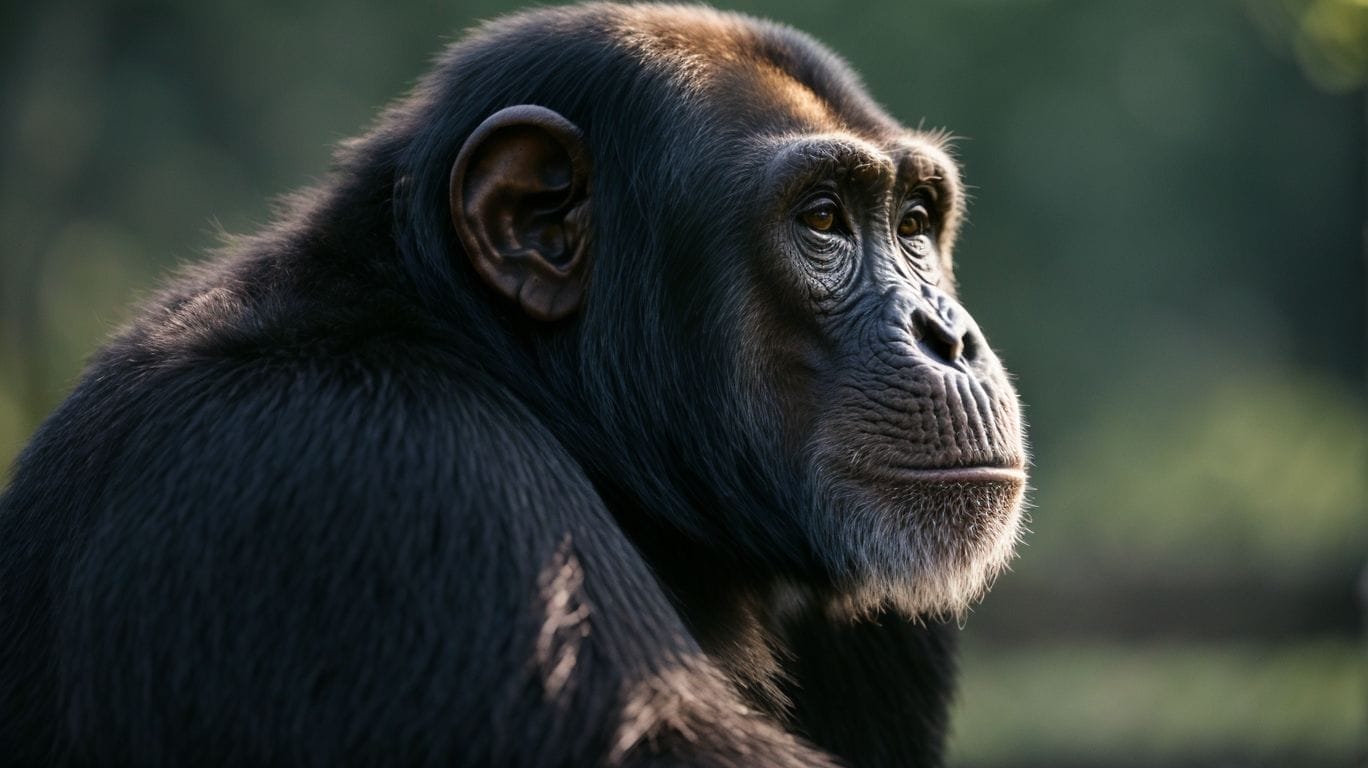
Photo Credits: Petnarnia.Com by Robert Mitchell
Animal rights advocates, also known as animal welfare activists, fulfill a vital role in safeguarding and advancing the interests of animals. These dedicated individuals strive to promote equitable treatment, compassion, and the prevention of any form of cruelty towards animals. Their tireless initiatives encompass raising awareness about animal rights concerns, lobbying for more stringent legislation, and providing support to organizations dedicated to animal well-being. Furthermore, animal rights advocates play a crucial role in enlightening the public about the ethical implications associated with utilizing animals for various purposes while also advocating for alternative methods that avoid causing harm to animals. Ultimately, the work carried out by these passionate individuals is vital in ensuring that animals receive the necessary compassion and respect they deserve.
Recent Discoveries in Animal Cognition

Photo Credits: Petnarnia.Com by Wayne Taylor
Recent Discoveries in Animal Cognition have brought to light captivating insights into the minds of our non-human counterparts. Researchers have recently made observations indicating that animals possess remarkable problem-solving abilities and are capable of exhibiting intricate social behaviors. One such example is the observation of primates like chimpanzees, who have been documented using tools effectively to complete various tasks. Additionally, dolphins have displayed signs of self-awareness, further emphasizing the fascinating intellect of animals. Moreover, birds, specifically crows, have demonstrated problem-solving skills that rival those of young children. These remarkable findings challenge our previously held assumptions concerning animal intelligence and underscore the significance of conducting further research in this field. By delving deeper into the realm of animal cognition, we gain a greater understanding and appreciation for the astonishing cognitive capabilities present within the diverse species that inhabit our planet.
Notable Figures in Animal Cognition Research
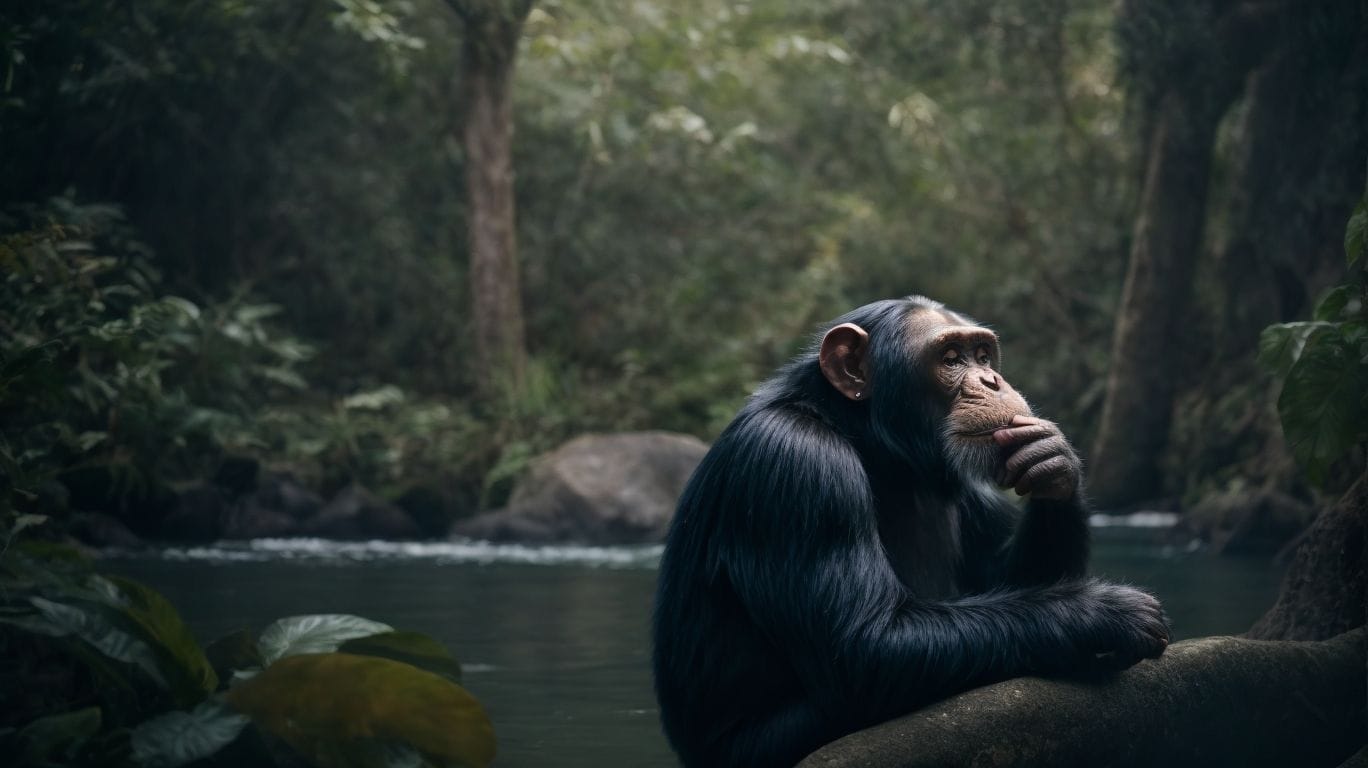
Photo Credits: Petnarnia.Com by Logan Roberts
Notable Figures in Animal Cognition Research
Dr. Irene Pepperberg is renowned for her groundbreaking research with an individual parrot named Alex. Her work with African grey parrots has shed light on their cognitive abilities.
Dr. Frans de Waal, a renowned primatologist, has dedicated his studies to understanding the social behavior and cognitive abilities of various primate species, including chimpanzees and bonobos.
Dr. Temple Grandin, a professor of animal science, has made significant contributions to our understanding of animal behavior, specifically in relation to livestock handling and welfare.
Dr. Sarah Brosnan focuses her research on non-human primates and explores their social cognition and decision-making processes.
Dr. Nicola Clayton is an expert in animal cognition, specializing in investigating the mental abilities and problem-solving skills of birds, such as corvids and pigeons.
Some Facts About “Do Animals Think?”:
- ✅ Animals, including mammals, birds, and octopuses, possess neurological substrates complex enough to support conscious experiences. (Source: The Cambridge Declaration on Consciousness in 2012)
- ✅ Animals have complex mental capacities and can name objects and use tools, once thought to be unique to humans. (Source: Our Team)
- ✅ Animals demonstrate memory of past events and planning for the future, as seen in the case of Santino, a chimpanzee in Furuvik Zoo. (Source: Our Team)
- ✅ Animals display empathy and compassion, with examples like lab rats showing empathy by stopping actions that harm other rats and elephants sacrificing their foraging abilities to protect an injured female. (Source: Our Team)
- ✅ Animals’ thoughts are difficult to comprehend as they cannot express them through human language, making it challenging to translate their thoughts into human sentences. (Source: Our Team)
